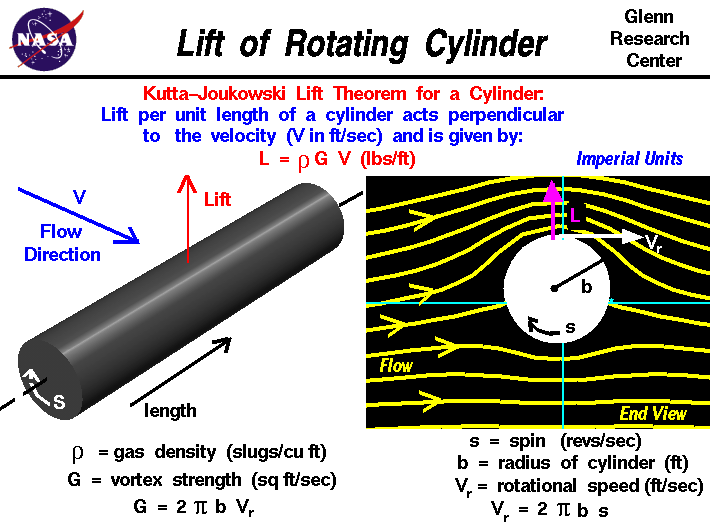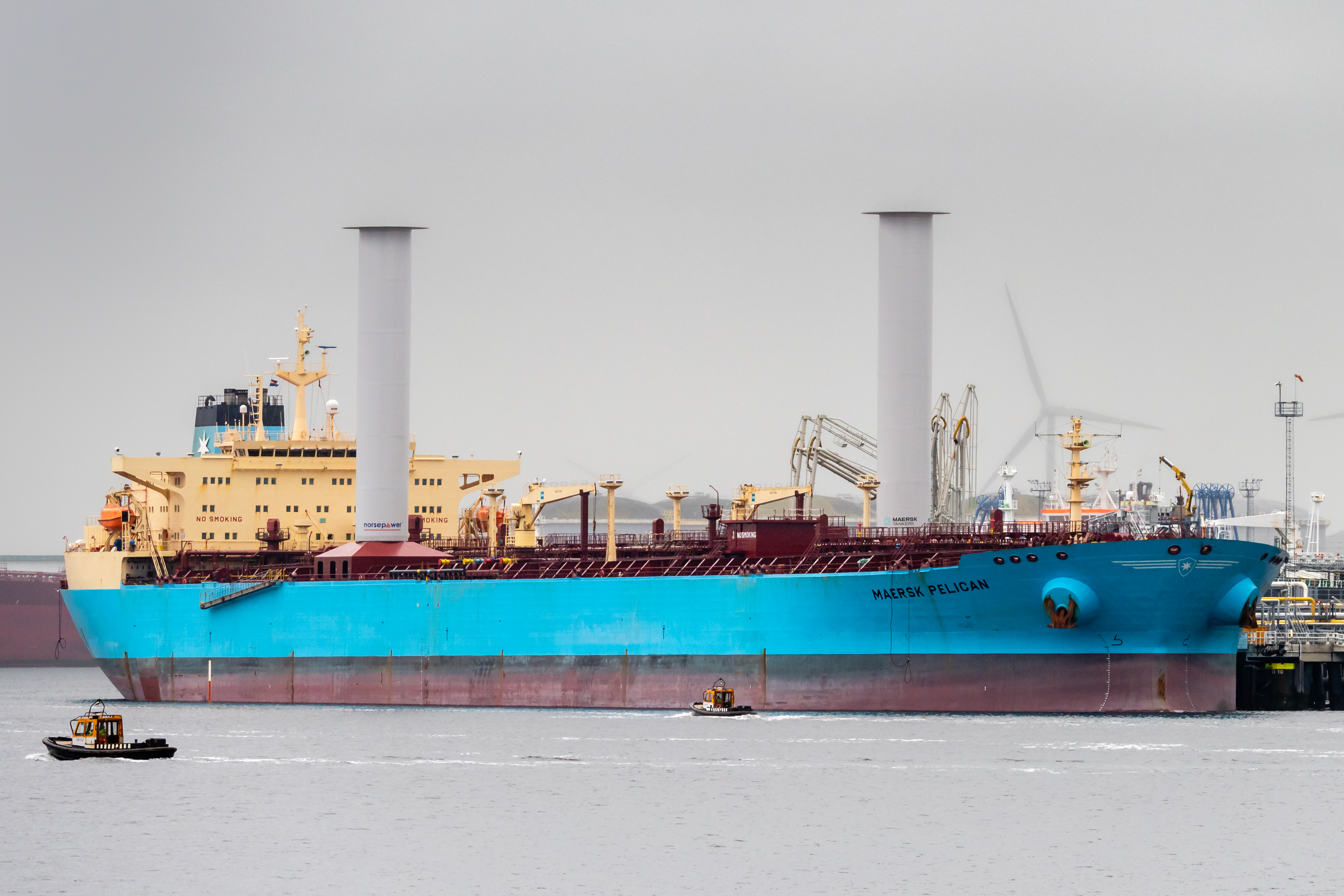Wind Assisted Propulsion on:
[Wikipedia]
[Google]
[Amazon]
Wind assisted propulsion is the practice of decreasing the fuel consumption of a

 The third design considered is the
The third design considered is the 

merchant vessel
A merchant ship, merchant vessel, trading vessel, or merchantman is a watercraft that transports cargo or carries passengers for hire. This is in contrast to pleasure craft, which are used for personal recreation, and naval ships, which are ...
through the use of sails or some other wind capture device. Sail
A sail is a tensile structure—which is made from fabric or other membrane materials—that uses wind power to propel sailing craft, including sailing ships, sailboats, windsurfers, ice boats, and even sail-powered land vehicles. Sails ma ...
s used to be the primary means of propelling ships, but with the advent of the steam engine
A steam engine is a heat engine that performs mechanical work using steam as its working fluid. The steam engine uses the force produced by steam pressure to push a piston back and forth inside a cylinder. This pushing force can be ...
and the diesel engine
The diesel engine, named after Rudolf Diesel, is an internal combustion engine in which ignition of the fuel is caused by the elevated temperature of the air in the cylinder due to mechanical compression; thus, the diesel engine is a so-ca ...
, sails came to be used for recreational sailing only. In recent years with increasing fuel costs and an increased focus on reducing emissions, there has been increased interest in harnessing the power of the wind to propel commercial ships.
A key barrier for the implementation of any decarbonisation technology and in particular of wind-assisted ones, is frequently discussed in the academia and the industry is the availability of capital. On the one hand, shipping lenders have been reducing their commitments overall while on the other hand, low-carbon newbuilds as well as retrofit projects entail higher-than-usual capital expenditure (CapEx). Therefore, research effort is directed towards the development of shared economy and leasing
A lease is a contractual arrangement calling for the user (referred to as the ''lessee'') to pay the owner (referred to as the ''lessor'') for the use of an asset. Property, buildings and vehicles are common assets that are leased. Industrial ...
business models, where benefits from reduced consumption of fossil fuels as well as gains from carbon allowances or reduced levies are shared among users, technology providers and operators.
Design
The mechanical means of converting thekinetic energy
In physics, the kinetic energy of an object is the energy that it possesses due to its motion.
It is defined as the work needed to accelerate a body of a given mass from rest to its stated velocity. Having gained this energy during its a ...
of the wind into thrust
Thrust is a reaction force
In physics, a force is an influence that can change the motion of an object. A force can cause an object with mass to change its velocity (e.g. moving from a state of rest), i.e., to accelerate. Force can al ...
for a ship is the subject of much recent study. Where early ships designed primarily for sailing were designed around the sails that propelled them, commercial ships are now designed largely around the cargo that they carry, requiring a large clear deck and minimal overhead rigging in order to facilitate cargo handling. Another design consideration in designing a sail propulsion system for a commercial ship is that in order for it to be economically advantageous it cannot require a significantly larger crew to operate and it cannot compromise the stability of the ship. Taking into account these design criteria, three main concepts have emerged as the leading designs for wind-assisted propulsion: the “Wing Sail Concept,” the “Kite Sail,” and the “Flettner Rotor.”
Wingsail
As a result of rising oil prices in the 1980s, the US government commissioned a study on the economic feasibility of using wind assisted propulsion to reduce the fuel consumption of ships in theUS Merchant Marine
United States Merchant Marines are United States civilian mariners and U.S. civilian and federally owned merchant vessels. Both the civilian mariners and the merchant vessels are managed by a combination of the government and private sectors, an ...
. This study considered several designs and concluded that a wingsail
A wingsail, twin-skin sail or double skin sail is a variable- camber aerodynamic structure that is fitted to a marine vessel in place of conventional sails. Wingsails are analogous to airplane wings, except that they are designed to provide li ...
would be the most effective. The wingsail option studied consisted of an automated system of large rectangular solid sails supported by cylindrical masts. These would be symmetrical sails, which would allow a minimal amount of handling to maintain the sail orientation for different wind angles; however, this design was less efficient. A small freighter was outfitted with this system to evaluate its actual fuel gains, with the result that it was estimated to save between 15–25% of the vessel's fuel.
Kite sail
The kite sail concept has recently received a lot of interest. This rig consists of flying a gigantic kite from the bow of a ship using the traction developed by the kite to assist in pulling the ship through the water. Other concepts that have been explored were designed to have the kite rig alternately pull out and retract on a reel, driving a generator. The kite used in this setup is similar to the kites used by recreational kiteboarders, on a much larger scale. This design also allows users to expand its scale by flying multiple kites in a stacked arrangement. The idea of using kites was, in 2012, the most popular form of wind-assisted propulsion on commercial ships, largely due to the low cost of retrofitting the system to existing ships, with minimal interference with existing structures. This system also allows a large amount of automation, using computer controls to determine the ideal kite angle and position. Using a kite allows the capture of wind at greater altitudes, where wind speed is higher and more consistent. This system has seen use on several ships, with the most notable in 2009 being , a merchant ship chartered by the US Military Sealift Command to evaluate the claims of efficiency and the feasibility of fitting this system to other ships.Flettner rotor

 The third design considered is the
The third design considered is the Flettner rotor
A Flettner rotor is a smooth cylinder with disc end plates which is spun along its long axis and, as air passes at right angles across it, the Magnus effect causes an aerodynamic force to be generated in the direction perpendicular to both the l ...
. This is a large cylinder mounted upright on a ship's deck and mechanically spun. The effect of this spinning area in contact with the wind flowing around it creates a thrust effect that is used to propel the ship. Flettner Rotors were invented in the 1920s and have seen limited use since then. In 2010 a 10,000 dwt cargo ship was equipped with four Flettner Rotors to evaluate their role in increasing fuel efficiency. Since then, several cargo ships and a passenger ferry have been equipped with rotors.
The only parameter of the Flettner Rotor requiring control is the rotational speed of the rotor, meaning this method of wind propulsion requires very little operator input. In comparison to kite sails, Flettner rotors often offer considerable efficiency gains when compared to the size of a sail or kite, versus the size of the rotor and prevailing wind conditions.
Examples of 2018 Flettner rotor installations include :
* Cruise ferry Viking Grace became the first passenger vessel with a rotor.
* The liquid bulk tanker ''Maersk Pelican'' in was retrofitted with two rotors.
* The ultramax bulk carrier Afros received four rotors, which can be moved aside during port operations.


Rising trends
The efficiency gains of these three propulsion assistance mechanisms are typically around 15–20% depending on the size of the system. The main reason for the use of these mechanisms not being more widespread is mostly the hesitancy of shipping companies to install untested equipment.Konrad, John. (2009, April). Mariners Weather Log Vol.53 No. 1. Retrieved from U.S. Department of Commerce website: http://www.vos.noaa.gov/MWL/apr_09/skysails.shtml With government initiatives to encourage a decrease in carbon emissions, and with rising fuel costs, it appeared probable that these propulsion systems would see more widespread use in the coming years.Projects
* '' Smart Green Shipping Alliance'' * '' Vindskip'': A ship design using its hull as sail * '' Wind Challenger Project'' * '' Ventifoil'' * '' Oceanbird'' * '' Sailcargo''Organizations
* ''International Windship Association
International is an adjective (also used as a noun) meaning "between nations".
International may also refer to:
Music Albums
* ''International'' (Kevin Michael album), 2011
* ''International'' (New Order album), 2002
* ''International'' (The T ...
''
See also
* Viking Grace - rotor assisted cruise ship * Wind Surf wind assisted cruise ship * * *Hydrogen-powered ship
A hydrogen ship is a hydrogen fueled ship, power-assisted by an electric motor that gets its electricity from a fuel cell. Or uses hydrogen fuel in an internal combustion engine.
History
In 2000, the 22-person ''Hydra'' ship was demonstrated, a ...
*Nuclear marine propulsion
Nuclear marine propulsion is propulsion of a ship or submarine with heat provided by a nuclear reactor. The power plant heats water to produce steam for a turbine used to turn the ship's propeller through a gearbox or through an electric generato ...
*Internal drive propulsion
Internal drive propulsion or water-jet propulsion is a form of marine propulsion used in recreational boating. Like other forms of motorized boating, internal drive propulsion employs a motor that turns a propeller to move the boat forward. The ...
*Integrated electric propulsion
Integrated electric propulsion (IEP) or full electric propulsion (FEP) or integrated full electric propulsion (IFEP) is an arrangement of marine propulsion systems such that gas turbines or diesel generators or both generate three-phase electr ...
*Combined nuclear and steam propulsion
Combined nuclear and steam propulsion system (CONAS) is used on the guided missile cruisers.
Complementary to the nuclear component, there are two conventional boilers installed as a backup in case of reactor failure. Both components can drive t ...
*Astern propulsion
Astern propulsion (as applied to a ship) is a maneuver in which a ship's propelling mechanism is used to develop thrust in a retrograde direction. Astern propulsion does not necessarily imply the ship is moving astern (''in reverse''); astern ...
*Marine propulsion
Marine propulsion is the mechanism or system used to generate thrust to move a watercraft through water. While paddles and sails are still used on some smaller boats, most modern ships are propelled by mechanical systems consisting of an elect ...
*Air-independent propulsion
Air-independent propulsion (AIP), or air-independent power, is any marine propulsion technology that allows a non-nuclear submarine to operate without access to atmospheric oxygen (by surfacing or using a snorkel). AIP can augment or replace the ...
References